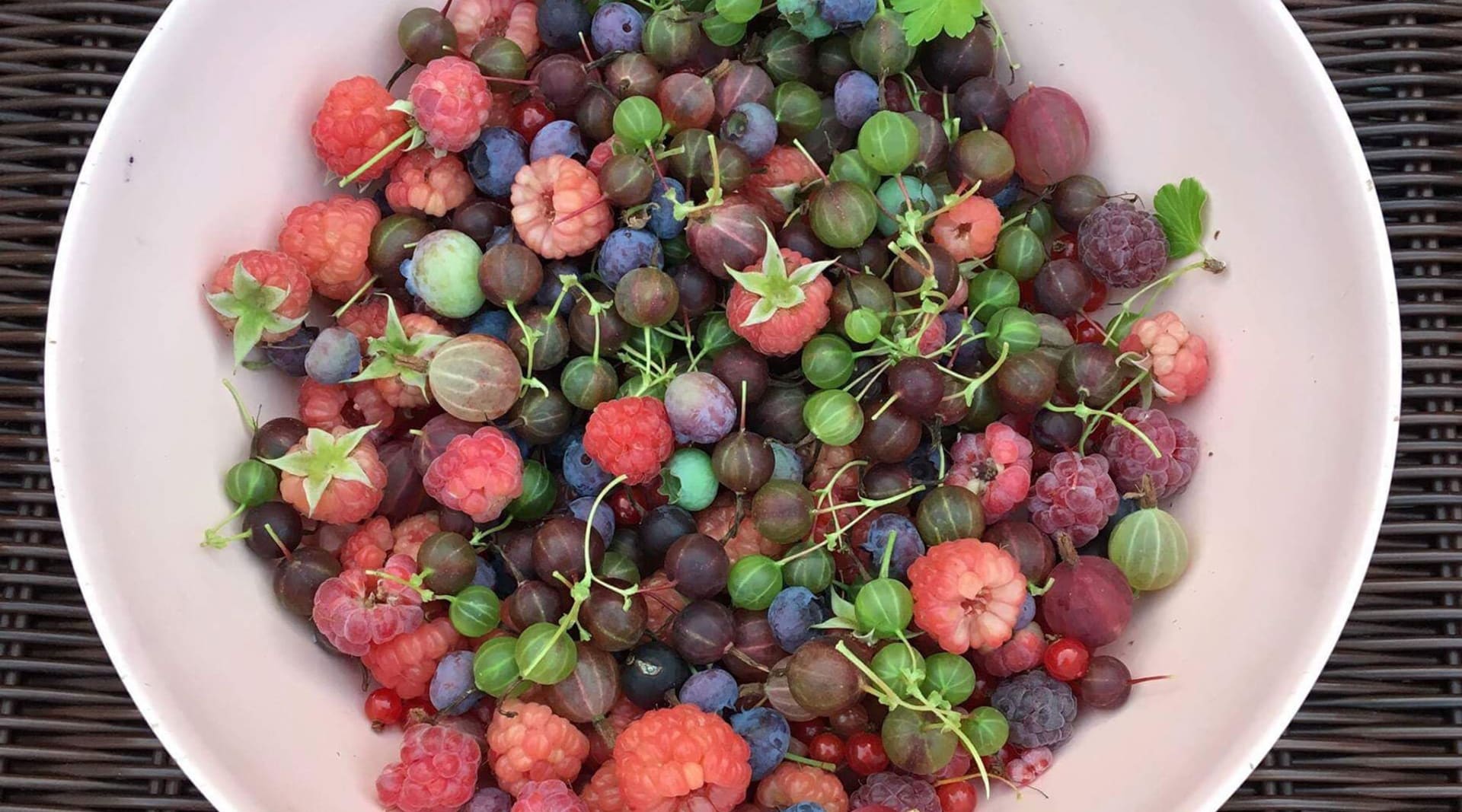As new initiatives elevated Indigenous dining in the last year, we’re noticing a rise in mainstream attention to Indigenous restaurants and cooking practices. Here are the top 5 most recent Indigenous dining experiences emerging in restaurants and beyond.
A spike in Indigenous restaurants and cookbooks presents an onslaught of authentic menus sustainably crafted with Earth, animals and culture in mind.
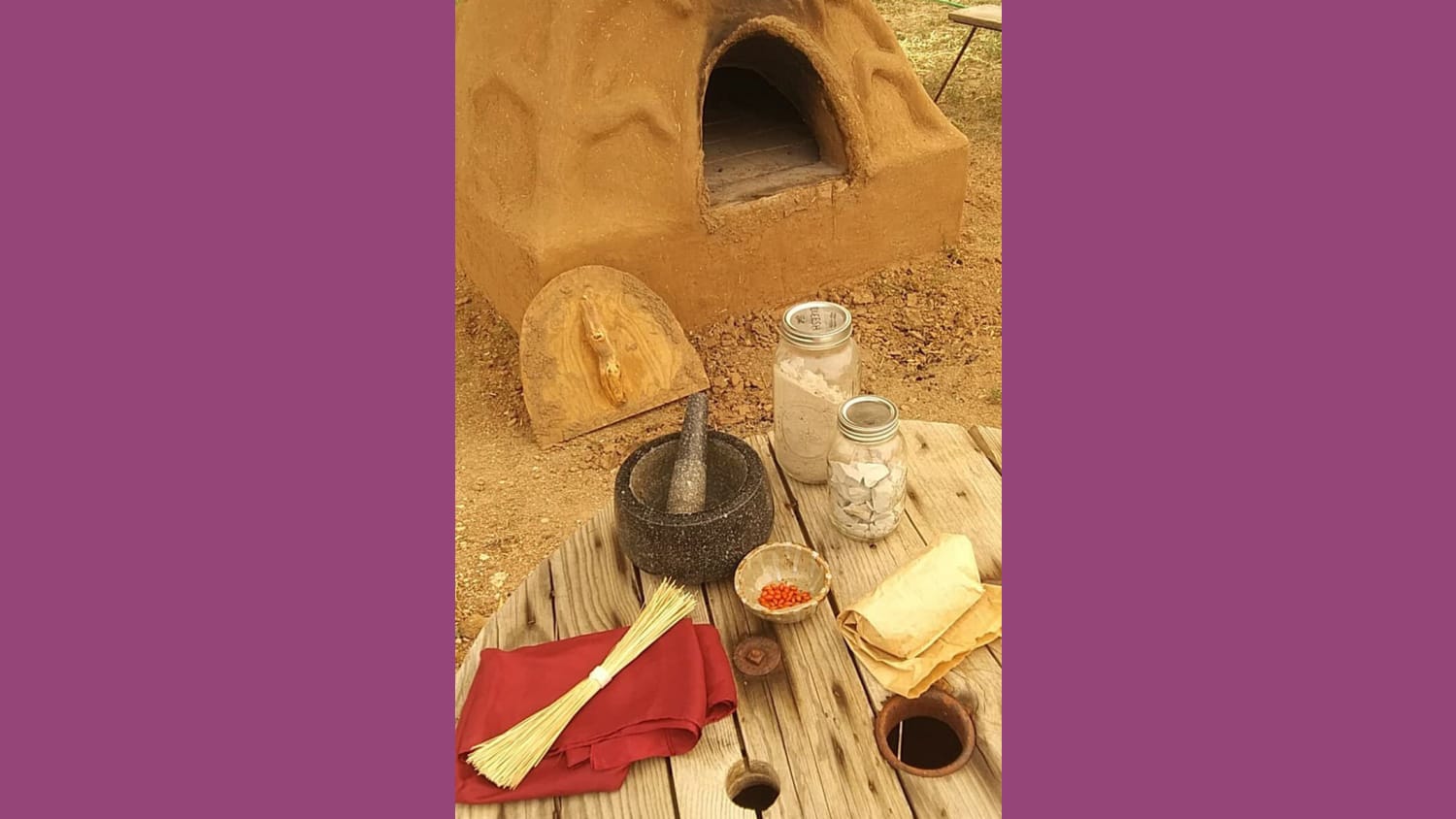
- Wahpepah’s Kitchen in Oakland, California will be the Bay area’s first Native American restaurant when it opens on October 30th. Crystal Wahpepah, chef and owner of the restaurant and prior “Chopped” contestant on the Food Network, will serve blue corn pancakes and acorn waffles at a dragonfly-shaped table crafted by Lakota woodworker Stephan Cheney placed beside a cornstalk field mural painted by Navajo artist Tony Abeyta.
- The Native American Studies department at Humboldt State broke ground on their Food Sovereignty Lab in October. The Californian University will offer courses that promote Indigenous representation, teach natural resource management, and explore traditional Indigenous food systems to bring balance back to Indigenous food practices.
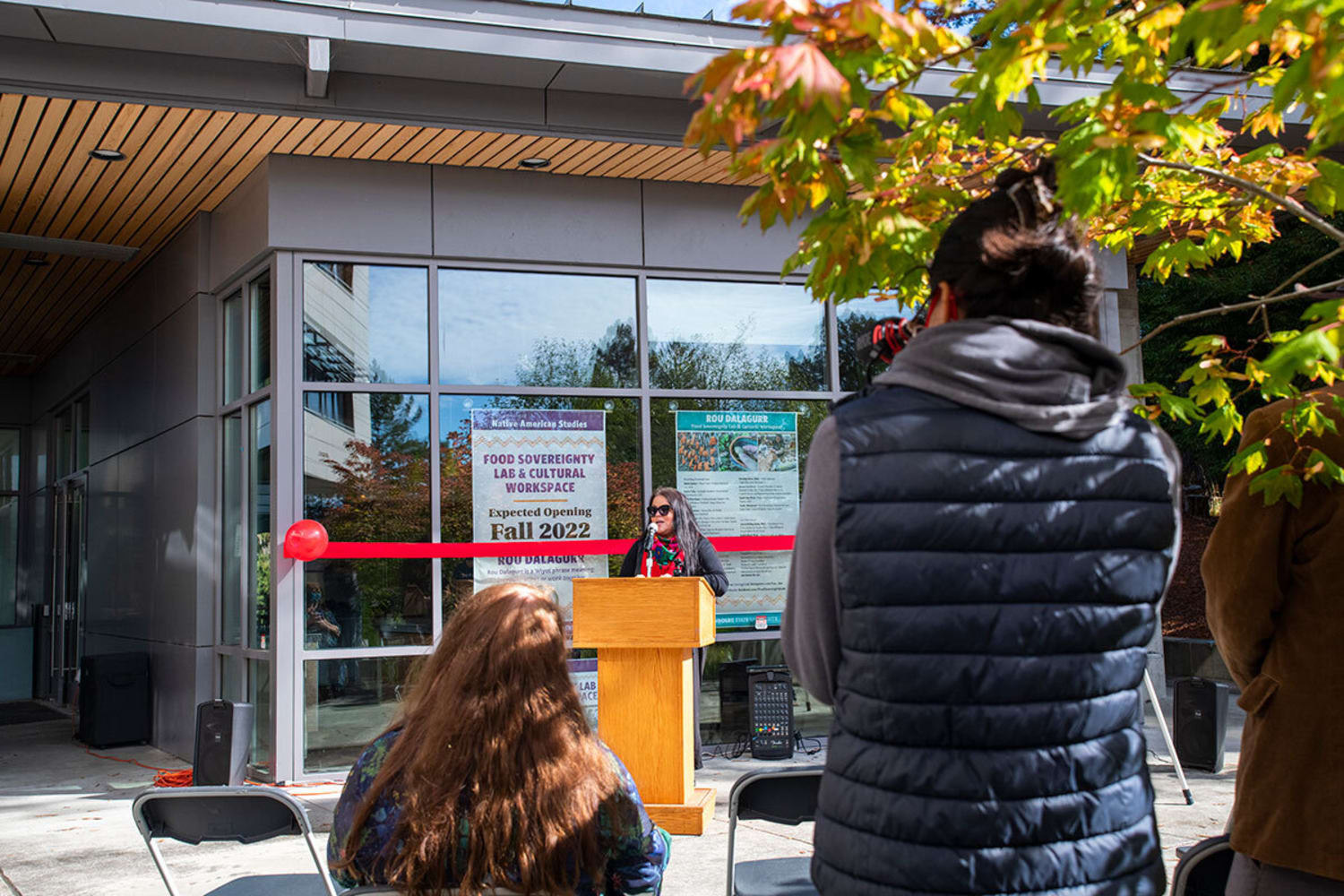
- A Gathering Basket is a new cookbook released in October written by indigenous people, for indigenous people. The collection, written by an autonomous group of Indigenous chefs and activists called the I-Collective, aims to reclaim the narrative around native foods and ingredients, featuring webinars and videos that highlight not only recipes but the “centuries of rich and innovative food traditions” that Indigenous people had, one lead writer M. Karlos Baca told the New York Times.
- Thirty Nine Restaurant, named for the 39 First American Nations in Oklahoma, opened in September in Oklahoma City. Operating in conjunction with the First Americans Museum, which also opened in September, the restaurant serves dishes made from traditional ingredients used by the 39 nations.
- As we highlighted earlier this year, decolonized restaurant Owamni opened in Minneapolis in July. Named one of the New York Times’s favorite restaurants, it is one of many establishments started by the Sioux chefs, and serves plates made solely from ingredients native to the land.
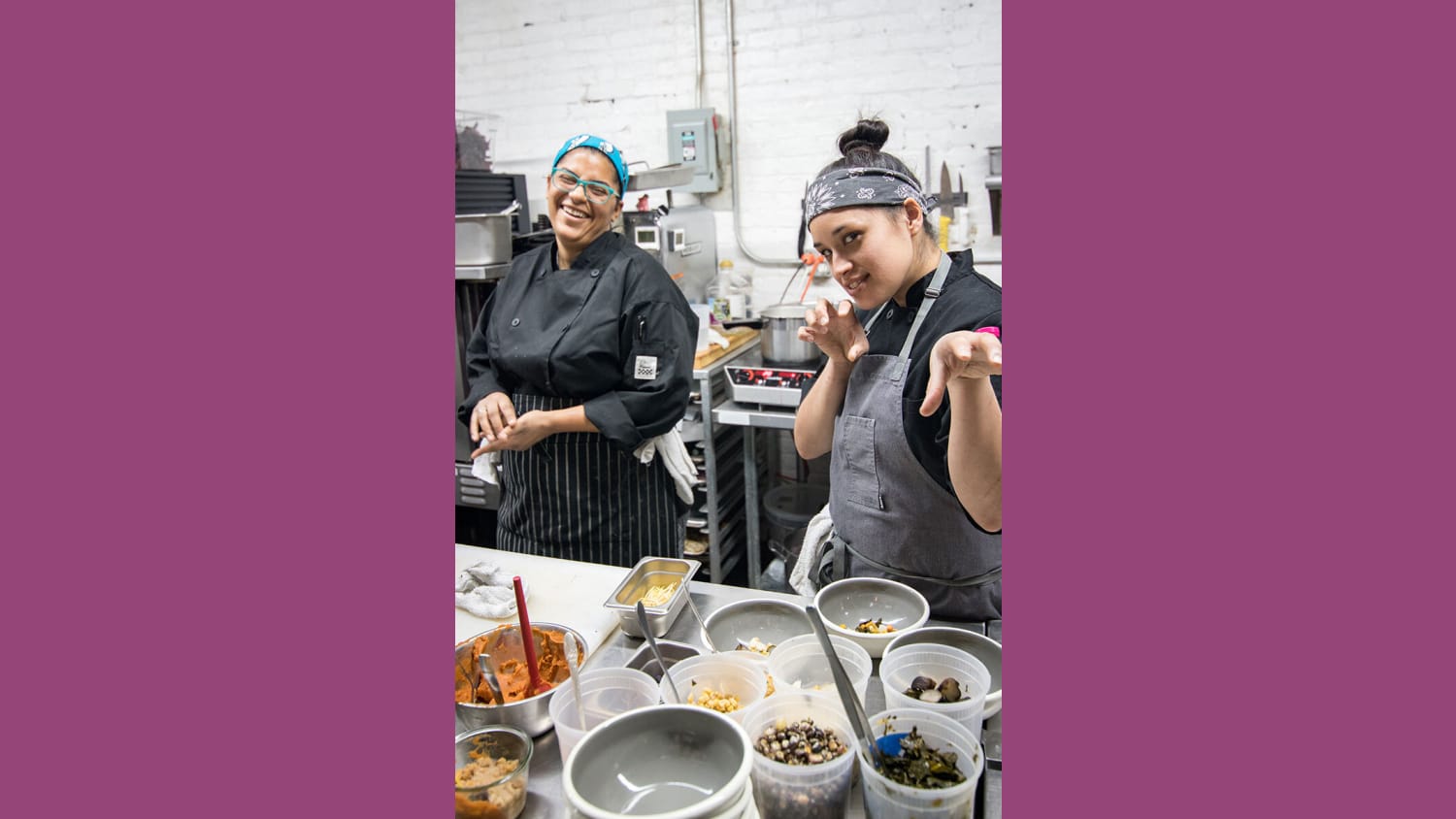
By Indigenous peoples, for Indigenous peoples is the prominent pattern between these establishments and organizations. These practices go beyond authenticity: they’re fulfilling a community and reframing businesses for tradition and preservation.
Main image courtesy of the I-Collective.
Please provide your contact information to continue.
Related Content
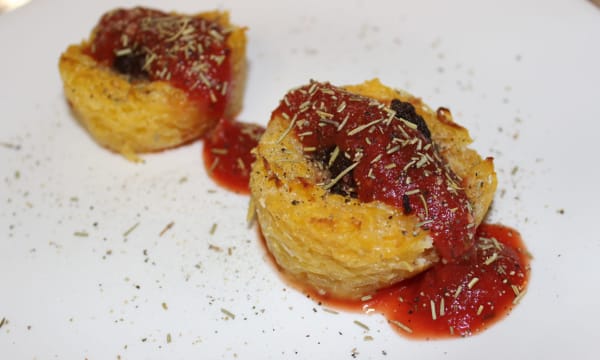
Insight
Indigenous dining
Cultural preservation meets fortified food systems with Indigenous cuisine.
Read Article 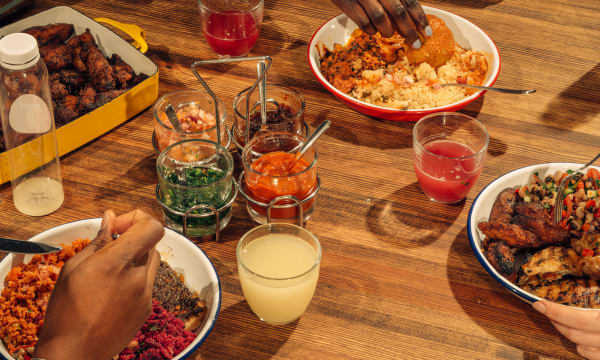
Insight
Climate diets
Eco-conscious consumers are redefining what it means to eat healthily.
Read Article 